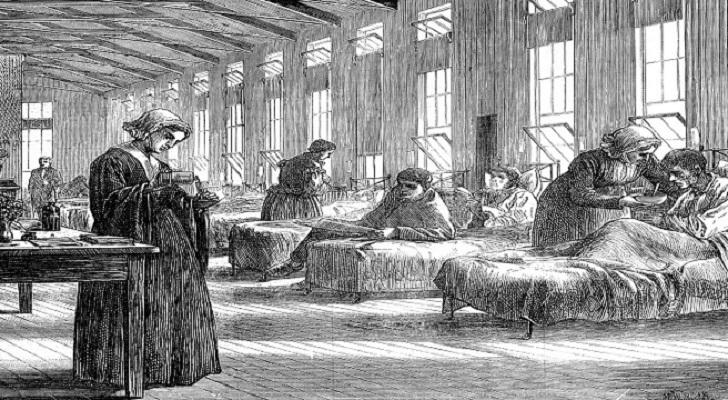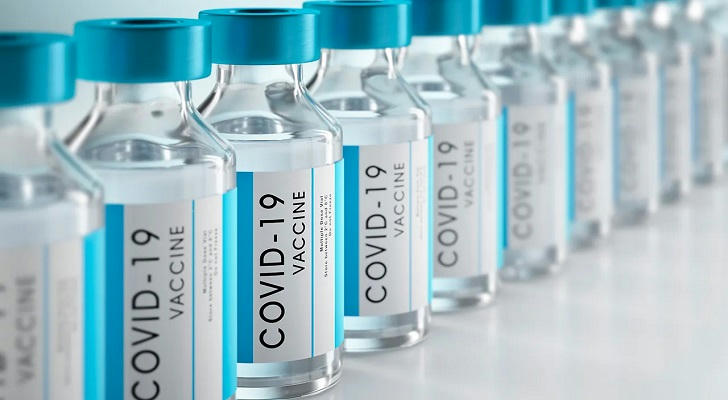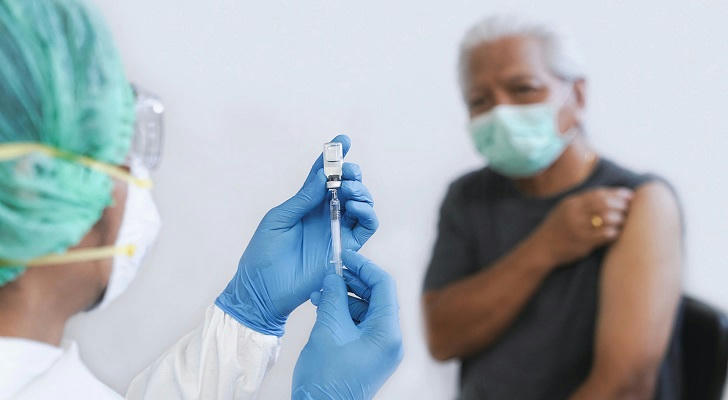Combating Infectious Diseases in America through Strategies, Challenges, and the Road Ahead
Infectious diseases have long been a major public health concern in the United States. While medical advances and vaccination programs have significantly reduced the impact of many once-deadly infections, new and reemerging pathogens continue to pose challenges. From seasonal influenza outbreaks to global pandemics, infectious diseases demand constant vigilance, robust public health infrastructure, and a commitment to scientific research.
This article examines the historical context of infectious diseases in America, outlines current challenges, reviews effective strategies for prevention and treatment, and explores the future prospects of public health initiatives aimed at curbing the spread of infections.

Historical Context and Evolution of Infectious Diseases
The history of infectious diseases in America is intertwined with the nation’s development. Early settlers faced numerous epidemics, from smallpox to typhoid fever, which significantly influenced population dynamics and settlement patterns. The introduction of vaccines in the 20th century, such as those against polio and measles, marked a turning point in public health. However, history has also taught us that complacency can be dangerous. For instance, the resurgence of measles in recent years, largely attributed to vaccine hesitancy, underscores the importance of maintaining high vaccination rates and public trust in medical science.
Advances in antibiotics and antiviral medications have played a pivotal role in reducing mortality rates and improving recovery outcomes. Yet, these breakthroughs have come with challenges, notably the rise of antibiotic-resistant strains. Methicillin-resistant Staphylococcus aureus (MRSA) and other drug-resistant bacteria illustrate how pathogens can evolve in response to medical interventions, necessitating continuous innovation in treatment protocols.

The Current Landscape of Infectious Diseases
Today, America faces a diverse array of infectious disease threats:
- Seasonal Influenza: Despite vaccines, it causes thousands of hospitalizations and deaths annually.
- Emerging Viruses: The COVID-19 pandemic exposed vulnerabilities in emergency preparedness.
- Bacterial Infections: Outbreaks of E. coli and Salmonella remind us of foodborne illness risks.
- Healthcare-Associated Infections (HAIs): Diseases like Clostridioides difficile (C. diff) complicate patient care in medical facilities.
These challenges are compounded by global travel and trade, which facilitate the rapid spread of pathogens across borders.
Strategies for Prevention and Control
A comprehensive approach to combating infectious diseases includes prevention, early detection, and effective treatment.
Vaccination and Public Health Measures
Vaccination remains the cornerstone of preventive medicine. Immunization programs have proven to be one of the most cost-effective means of reducing disease burden. Recent advancements in vaccine technology—such as mRNA vaccines—have opened new avenues for addressing both longstanding and emerging infectious diseases. Public education campaigns are essential to dispel myths about vaccine safety and to encourage widespread immunization.
Beyond vaccination, other measures include:
| Strategy | Implementation |
|---|---|
| Sanitation & Hygiene | Clean water, waste management, and food safety regulations. |
| Vector Control | Reducing insect-borne diseases through environmental management. |
| Healthcare Facility Protocols | Infection control measures such as sterilization and PPE usage. |

Role of Technology
The integration of modern technology—like real-time data analytics and mobile health applications—allows for more efficient tracking of disease outbreaks and facilitates prompt intervention. Telemedicine has also grown, offering a way to reduce the spread of infections by limiting unnecessary in-person visits without compromising the quality of care.
Community Resilience and Public Engagement
An often-overlooked but vital component in the fight against infectious diseases is community resilience. Local communities play a crucial role in detecting outbreaks and implementing grassroots prevention measures. Strategies include:
- Community Health Workers: Essential in reaching underserved populations.
- Public Engagement Initiatives: Social media outreach and town hall meetings to educate communities.
- School Health Programs: Incorporating public health education into school curricula to empower students and families.

Challenges and Areas for Improvement
Despite significant progress, several challenges remain:
- Healthcare Access Disparities: Rural and marginalized communities often lack adequate healthcare facilities.
- Misinformation: The spread of false health information undermines vaccination and other preventive efforts.
- Pathogen Evolution: Microbes constantly adapt, requiring ongoing research and rapid response capabilities.
Future Prospects and Innovations in Public Health
Looking ahead, advancements in artificial intelligence (AI) and machine learning are transforming epidemiology. By analyzing vast datasets, AI can help predict outbreaks before they occur. Other promising innovations include:
- Genomics: Personalized infection control strategies tailored to specific virus strains.
- Telehealth & Remote Monitoring: Increasing accessibility to medical consultations while minimizing infection risks.
- Global Collaboration: Partnering with organizations like the WHO to share data and best practices worldwide.
Conclusion
Infectious diseases remain a dynamic and challenging aspect of public health in America. While the nation has made tremendous strides in reducing the impact of many infections, new challenges continue to emerge. A multifaceted approach—combining scientific research, public education, community engagement, and innovative technologies—is essential for maintaining and improving public health.
By learning from past epidemics, investing in modern healthcare infrastructure, and fostering collaboration at all levels, America is well-equipped to confront the ever-changing landscape of infectious diseases. The fight against infectious diseases is a continuous process—one that requires vigilance, adaptability, and the unwavering support of communities across the country.

Additional Insights
It is critical to emphasize that public health is not solely the responsibility of government agencies or medical professionals. Every citizen plays a role in preventing the spread of infectious diseases. Simple actions—such as frequent handwashing, wearing masks when necessary, and getting vaccinated—can collectively make a significant difference.
With continued innovation, proactive public health policies, and a commitment to equitable healthcare access, the United States can look forward to a future where the threat of infectious diseases is significantly diminished, paving the way for healthier communities and a stronger nation.
